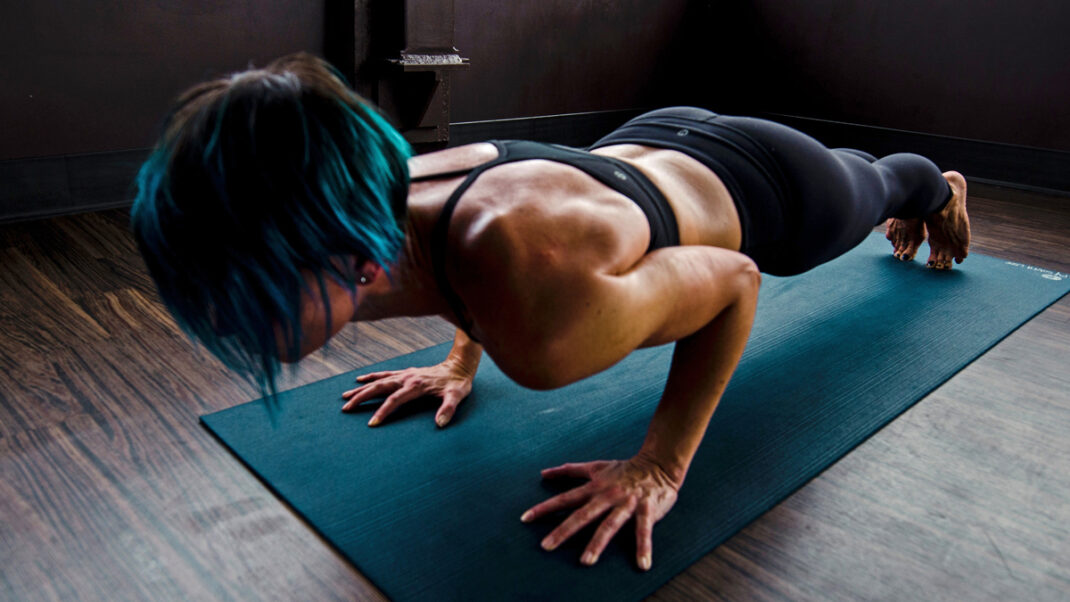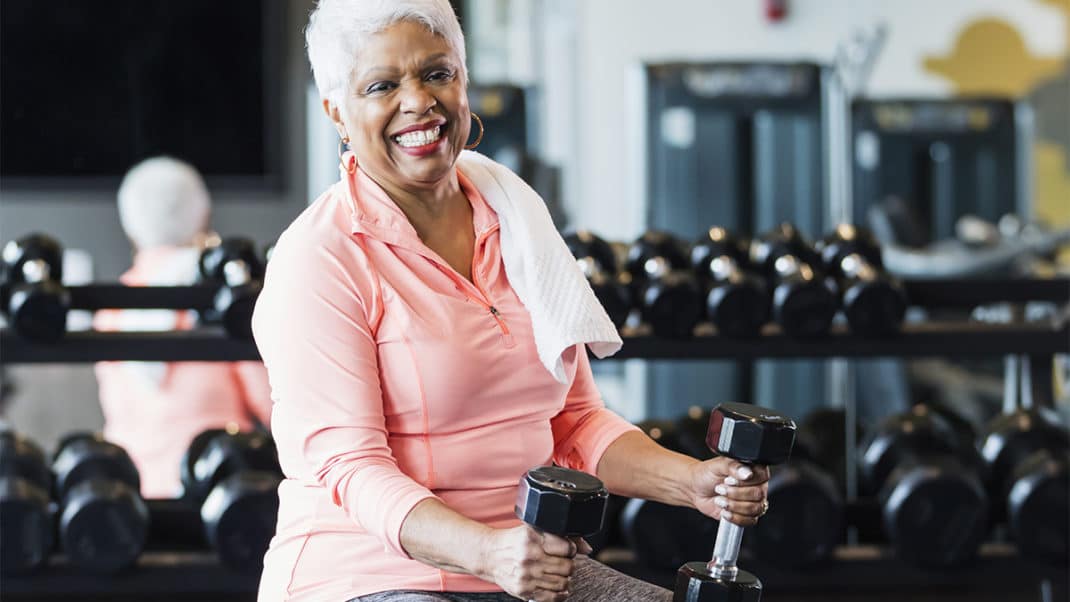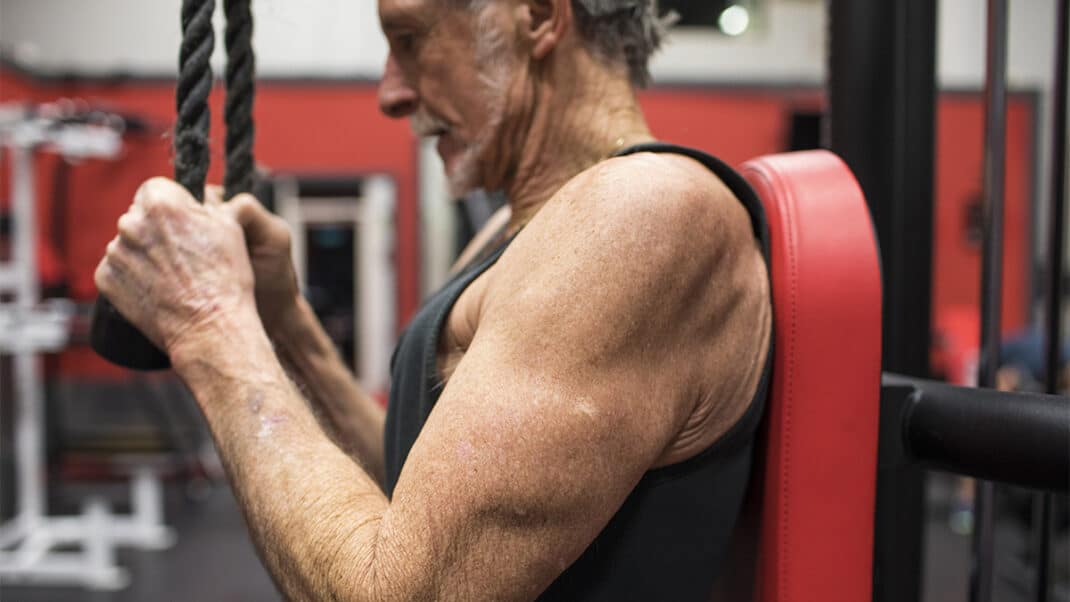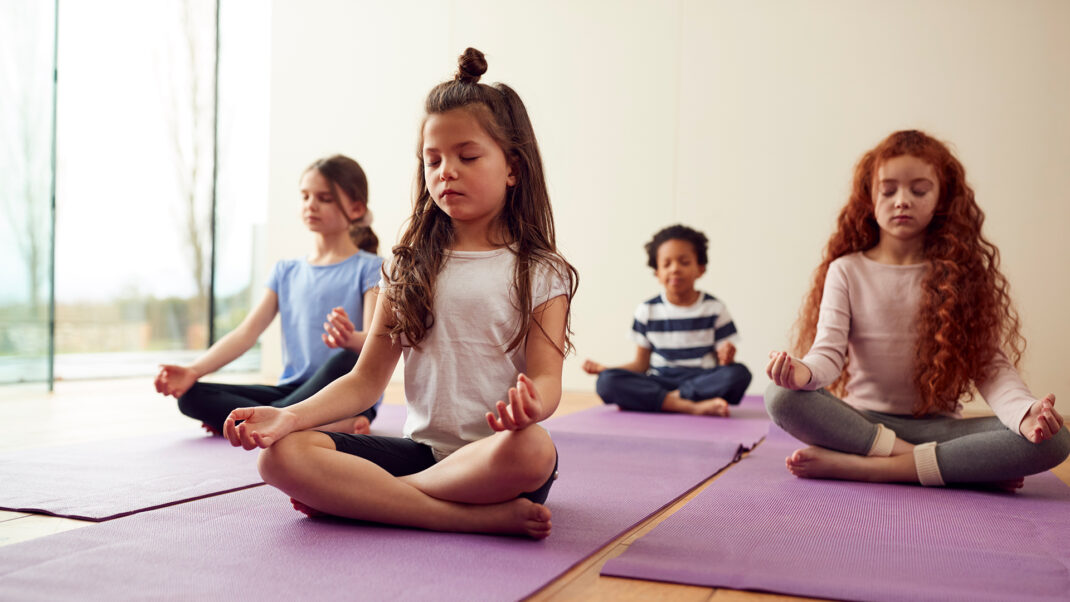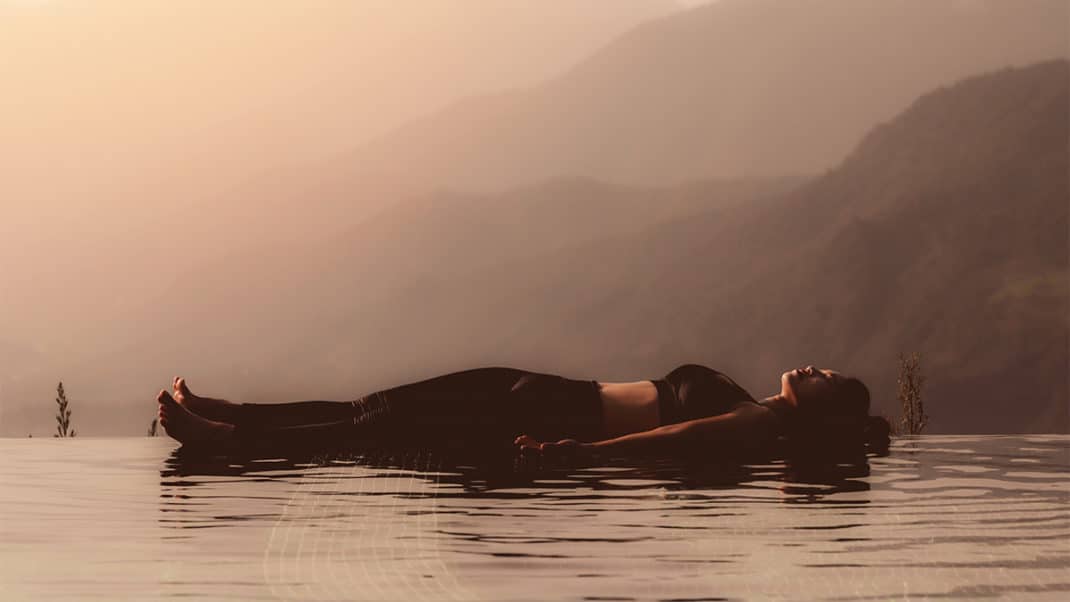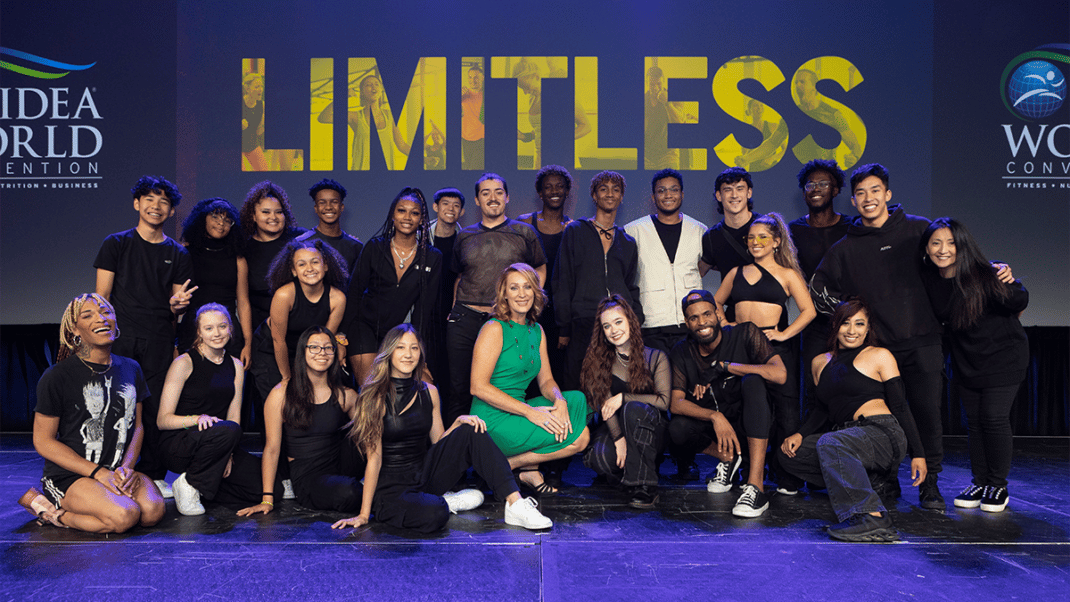Yoga Lesson Plan 4: Finding Focus
About this series: Each yoga lesson plan provides both a physical focus, to guide your choice of postures, and a practice focus, to help students explore an important principle of yoga practice. The intention of the series is to present guidelines for creating a coherent and thoughtful class experience, with suggestions broad enough to allow you to choose yoga poses that are appropriate for your students.
Yoga Lesson Plan 1 Yoga Lesson Plan 5
Yoga Lesson Plan 2 Yoga Lesson Plan 6
Yoga Lesson Plan 4: Finding Focus
Physical Theme: Connecting Gaze to Action
Practice Principle: Focus
Let’s talk for a moment about the role of gaze in yoga. I’ve noticed a few places new yoga students tend to look during yoga class:
- me (the teacher), even when I’m not demonstrating;
- other students, possibly to compare or compete;
- the mirror, to check alignment or perhaps a little self-admiration alternating with self-criticism;
- the clock (not usually good sign);
- their big toenail, which becomes suddenly fascinating in a lunge or forward bend.
This list begs the question: Where should a yoga student look during practice?
In yoga practice, the gaze (“drishti”) serves two purposes: (1) it expresses the energy and action of a yoga pose, and (2) it focuses the mind. Each purpose is also a teaching tool. You can use the theme of the gaze to help students explore the physical actions of different yoga poses, and you can use the theme to teach mental concentration.
The following lesson plan describes some general guidelines for exploring this theme, and suggestions for specific practices and yoga poses.
Opening: Establishing focus (5 min)
Begin with eyes-closed breath awareness. Have students open their eyes and intentionally choose a specific focus point (and not themselves in the mirror). Continue with eyes-open breath awareness. Invite students to notice, throughout class, where their eyes wander, and where their minds wander.
Dynamic Yoga Warm-up: Moving gaze with action (10 min)
Talk students through the art of moving the gaze with the arms and spine. The first movement of a sun salutation is perfect for this (arms up, gaze up; arms down and back to center; gaze down and center). Cat/cow spine waves on all fours is also ideal; when the spine extends, the neck also gently extends, and you look forward and slightly up. When the spine flexes, the neck also gently flexes, and you look down and toward the floor, legs, or even navel. Finish with sun salutations with moving gaze. In a sun salutation, students commonly start every movement with the head and neck and bring the head into an extreme position (for example, fully dropping the head back in cobra or upward facing dog). If you notice this, guide students to move the gaze with the spine, and not to lead or exaggerate the movement.
Active Yoga Poses: (20-30 min)
For each yoga pose, give students a specific suggestion about where to look. If you demonstrate the yoga pose first, be clear about when students should turn their focus away from you and to the action and energy of the pose.
Begin with standing yoga poses in which the spine is neutral, and the gaze follows the action of the arms. In chair pose (utkatasana) and warrior I (virabhadrasana I), the gaze moves up with the energy of the lifted arms. In warrior II (virabhadrasana II), you look toward the front hand. As a vinyasa, you can move the arms back to center (for example, to namasté position at the heart) on each exhale, letting the gaze follow, and reach the arms back into the pose on each inhale, letting the gaze follow. Keep the rest of the body steady.
Next, introduce yoga poses that include side bending and spine twisting. For example, in triangle pose (utthita trikonasana), revolving triangle (parivritta trikonasana), side angle lunge (utthita parsvakonasana) and revolving lunge (parivritta parsvakonasana), you gaze toward the top hand, which reaches in the direction of the side bend or spinal twist.
Use the gaze to assist or challenge balancing yoga poses such as tree pose (vrkasana). In general, gazing slightly forward and toward the floor makes balancing yoga poses easier. Looking up to the ceiling tends to make the pose more challenging. Invite students to let the gaze wander around the room and notice how unsteady they become. This, of course, is an excellent analogy for how unsteady the mind is when unfocused.
Seated Quieting Yoga Poses: (10-15 min)
Forward bends, such as seated forward fold (paschimottonasana) and bound angle (baddha konasana), have two common variations: with the spine straight and rounded. If the spine is straight, the gaze is at the feet or in front of the body; if the spine flexes into a full forward bend, the gaze moves to the legs. Try a vinyasa moving between the two expressions of a forward bend (inhale as spine straightens and gaze lifts; exhale as spine rounds and gaze move to legs). Link the movement of the gaze, breath and spine. During longer holds, invite students to close their eyes and feel the pose and breath. With eyes closed, students can “receive” the yoga pose more than they need to actively “achieve” the pose.
Closing: Focusing Within (10 min)
Relaxation (savasana) is a time to withdraw the senses, including vision. Invite students to turn the gaze within. This is a perfect time to offer a guided visualization. Describe visualization as an opportunity to choose one’s mental focus. As a final closing practice, you can invite students to bring to mind something they’d like to focus on in their own lives.
View all Yoga Lesson Plans
